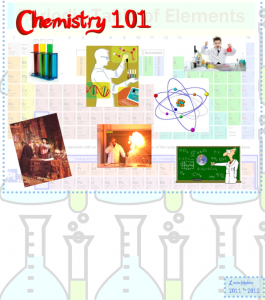
Louisa is getting credit for her homeschool cooking class
Why not just take the ACT (or SAT) exam to get into college?
The simplest way to get into college is with a good high school transcript, so you save yourself a lot of pain if you get credit along the way. Without a transcript, then the weight of college acceptance falls upon the ACT test (or SAT test, as each college differs). And not all students take tests well, so that can cause problems. When my daughter Emily took the ACT test, she came home discouraged. The test was based on math, English and science, specifically physics in her case (there is a random variable unit to the ACT test and she ended up with physics). She excels at history, and other subjects that are not tested on the ACT. So the test was not really an accurate assessment of her knowledge and education. She ended up being accepted into the university of her choice, mostly because of her transcript.
How do I organize a curriculum for high school?
Every high school offers a different twist on graduation requirements and every college has its own entrance requirements, but they all have these basic requirements in common:
- 4 years English
- 3-4 years Math
- 3-4 years History/Government
- 3-4 years Science
- Financial Literacy
- Health
- Fitness for Life
- Physical Education
- Computer skills
- Fine Arts
- Elective credits
We sit down at the beginning of each year and decide on what needs to be done to get us one year closer to our goal (a full high school transcript), and what credit we can get while exploring my teen’s pressing interests. Generally, a high school student needs 7 credits per year to graduate. Considering each class as counting for 1/2 credit per semester, you can see that a year long (2 semesters) class in English, Math, History and Science will give you 4 credits. Now you can choose the other 3 classes/credits each year. For example, cooking, sewing, photography, computer graphics, music, art, sports, and much more can fulfill the basic graduation requirements. Fine Arts includes homemaking skills, music, and art, so there is a lot of credit that can be gleaned in these areas which many teens enjoy. Sports interests can complete the Fitness for Life and P.E. requirements. Just document what you do (activity, date, duration) and you’ll have a syllabus that can be used to get credit. I always take a few photos of the activity, such as canoeing, hiking or whatever other sports we do. They add to the credibility of your claim to credit.
My daughter Louisa has been putting the finishing touches on her Cooking class notebook, assembling recipes and photos she has taken all year long of the dishes she has cooked, how-to notes she has taken, and new recipes we have created together. She has lots of photos, recipes, and experiences that more than qualify for a year of cooking class credit. I am absolutely sure she learned more in my kitchen under my tutelage than she would have at the high school. Best of all, she has learned to cook with natural, wholesome, whole grains and healthy foods.
So, it isn’t too restricting or difficult to fulfill the required high school classes in an interesting, enjoyable way in homeschool, receiving credit for the good educational experience at home. Just make sure to keep your documentation, your notebooks, so that it is plainly evident that you did the work and deserve credit!
How can I make sure the books I use for textbooks meet the National Standards?
I spent a little time bothering with this in my own homeschool, and gave it up. For one thing, who decides what the National Standards are? Not God. So, some person or committee determined what all American children need to know, possibly influenced by special interest groups or political agendas. I think the right decision-making committee for what is important for your child’s education would reside right around your dinner table. In my experience, homeschool curriculum or other good quality instructional books out on the market most often exceed the requirements for National Standards.
What if my school is “unworkable” as to giving credit?
There are other ways to get credit. There are businesses that will give you credit which the colleges recognize for homeschool high school classes that meet their standards, for a fee. You will find them on the internet. You can also get online credit from the electronic high schools. My concern with online classes is that it is more time on the computer, less time in relationships and face-to-face interaction: the opposite of what a teenager needs. While I haven’t found these classes to be as good as homeschooling, they can give some foundations that you can build on in homeschool, while still receiving credit. Check with your local high school for online school.
Does it help in college entrance to have a partial transcript from high school?
Most colleges consider a partial transcript insufficient. However, taking AP (Advanced Placement) classes does make a difference to colleges, so if you are considering a few classes at the high school, taking AP would be the best choice from college acceptance perspective. But ballroom dance, choir and other non-core classes are my preference, as they provide the most social connection and give your teen the much needed group classes, that cannot be done alone at home.
Please leave a comment here. Thanks!

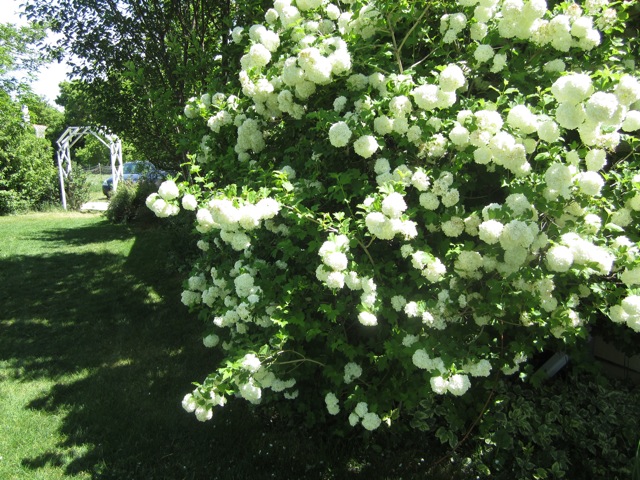
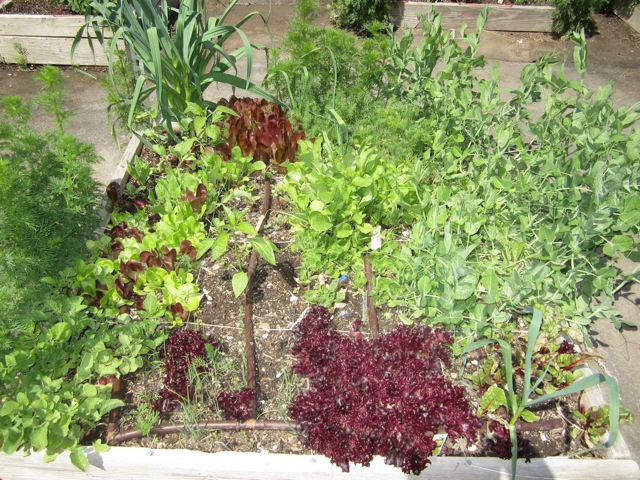
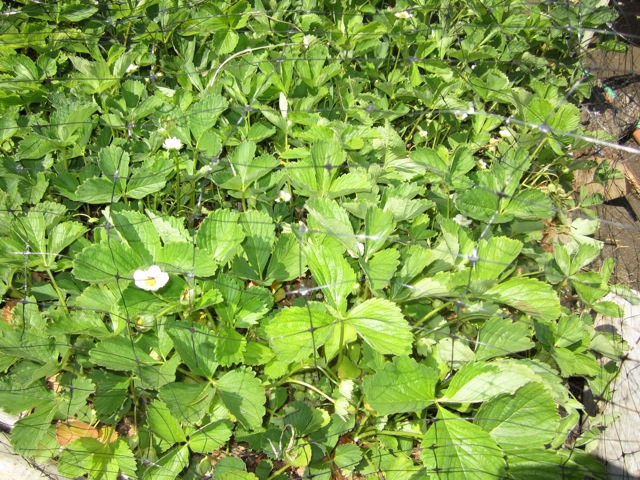


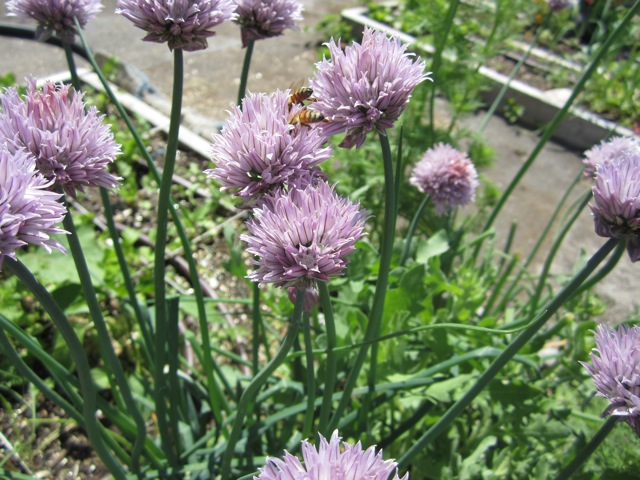
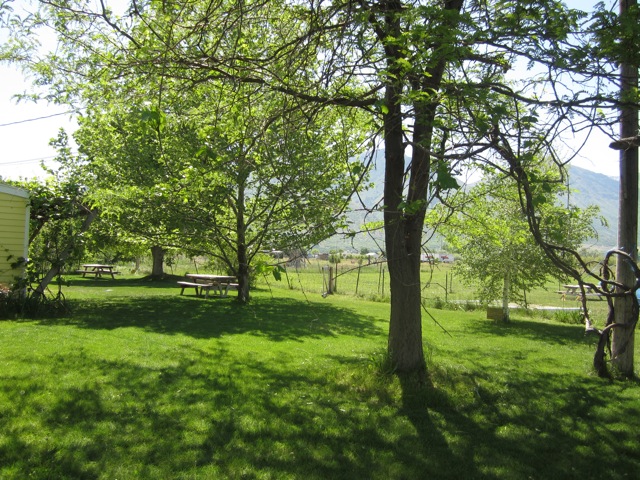

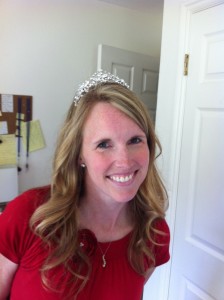
 Can there be anything more exciting than having those phonics lessons finally “click” with your little one and hearing him read his first words? I doubt it! Listening to my children learn to read has been a thrill for me. I enjoy teaching them to read and I delight in hearing them read aloud.
Can there be anything more exciting than having those phonics lessons finally “click” with your little one and hearing him read his first words? I doubt it! Listening to my children learn to read has been a thrill for me. I enjoy teaching them to read and I delight in hearing them read aloud.






